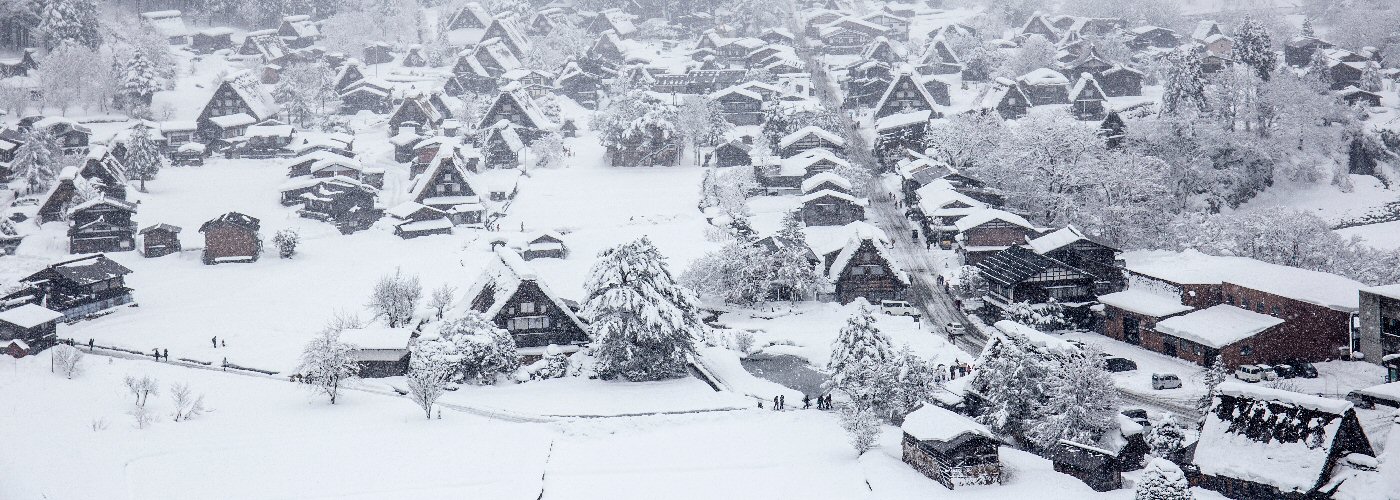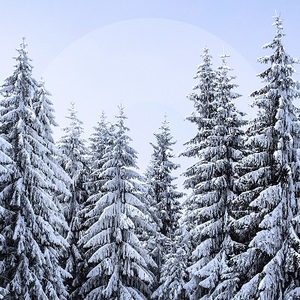

The ability to forecast the weather several days in advance has increased by leaps and bounds during the last few decades. The advent of weather satellites and forecast models has a lot to do with that. Unfortunately, these advances have not translated into a much greater ability to predict the weather for weeks and months in advance. The uncertainty in long range prediction arises due to the existence of some impactful climate patterns that can have major consequences on the weather for weeks at a time. Some examples of these are the North Atlantic Oscillation and Arctic Oscillation. Unlike El Niño or La Niña, these climate patterns are difficult to predict and have effects that last a matter of weeks rather than months.
Climate pattern impacts are often measured by how they alter the position of the polar jet stream. The polar jet stream meanders around the Northern Hemisphere, separating bitter cold arctic air masses to its north, and relatively mild air masses to the south of its position. When the polar jet stream dives southeast out of Canada, arctic cold fronts are unleashed across portions of the lower 48. Conversely, when the polar jet stream remains north of the lower 48, mild winter weather is experienced.
One of the more impactful long-range climate patterns on the winter season over the lower 48 is ENSO (El Niño Southern Oscillation). This is because this climate pattern lasts for several months, and therefore, can have a more cumulative effect on how the winter season behaves. However, short-term climate patterns that can’t be predicted far in advance, such as the Arctic and North Atlantic Oscillation, can override El Niño or La Niña’s impacts during some seasons.
This image depicts how a La Niña winter tends to behave in the lower 48. More frequent arctic outbreaks often occur in the northern Plains, while average to above average snowfall is seen. Meanwhile, a warmer and drier winter season is often experienced across the southern portion of the country.
